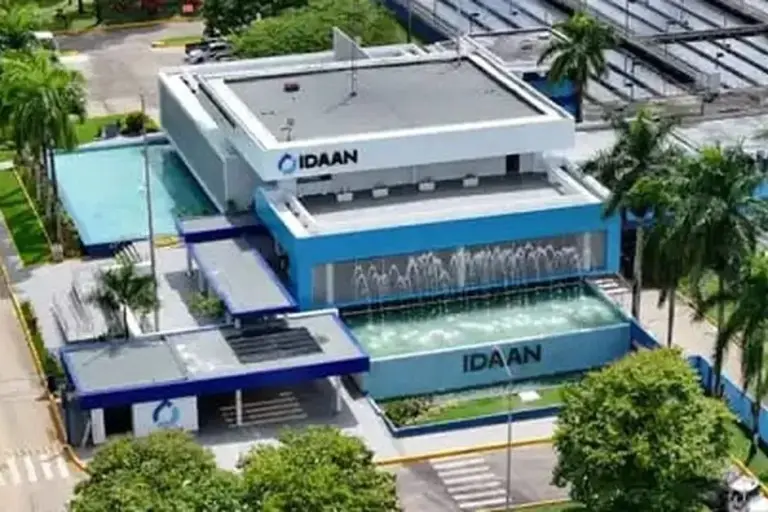A major disruption in Panama’s National Interconnected System left large sectors of Panama City and Colon without water for hours on Saturday. The widespread power outage forced the critical Chilibre Federico Guardia Conte water treatment plant offline, halting potable water production for the metropolitan area. Rutilio Villarreal, the General Director of the Institute of National Aqueducts and Sewers (Idaan), confirmed the cascade of failures and detailed the ongoing recovery efforts in a press conference from the institute’s control center.
The Chilibre plant, a primary source of drinking water for the capital, remained non-operational for approximately one hour due to the electrical failure. Once power was restored, engineers initiated a strict internal protocol requiring the inspection and gradual reactivation of the facility’s 16 pumping stations. This meticulous process, essential for preventing damage to the complex system, consumed an additional two and a half hours before water production could resume.
“The plant was out of operation for about one hour, which forced us to suspend water production,” Villarreal stated. [Translated from Spanish] “After power was restored, we activated our internal protocol, which includes reviewing all 16 pumps in the system and starting each one gradually.”
By Saturday evening, the plant was operating at nearly 60 percent capacity and had begun sending water toward the city. Idaan’s real-time monitoring systems showed that lower-lying zones of Panama City recovered their supply first. Neighborhoods like Villa Lucre and parts of Pedregal also began receiving water as the system slowly repressurized. The director warned that full system stabilization would be a prolonged process due to the long holiday weekend and a corresponding spike in consumer water usage.
Staggered Recovery Leaves Some Neighborhoods Waiting
The return of water service has been uneven across the affected regions. While the northern hydraulic ring was reported back online for at least 45 minutes during the afternoon, many communities remained dry. Areas of San Miguelito, including José Domingo Espinar, and parts of Las Mañanitas were still without service. The technical challenge, officials explained, involves repressurizing the entire distribution network from the lowest elevations upward.
High-altitude neighborhoods and those at the end of the supply line consistently experience the slowest recovery. Real-time reports confirmed that communities including Don Bosco, Juan Pablo II, San Francisco, Bella Vista, and La Locería were still awaiting service hours after production restarted. Idaan crews were deployed across the city to manually release trapped air from pipelines through fire hydrants, a necessary step to restore consistent pressure.
“Even if the plant recovers its full operation, normalization in the distribution network will take more time because it was left completely empty,” Villarreal emphasized. [Translated from Spanish] He added that if all proceeded according to schedule, a general system recovery could be completed between midnight and the early morning hours.
From the Idaan control center, Villarreal demonstrated that the plant’s four raw water intake pumps were functioning, allowing the facility to reach its maximum production capacity. The subsequent activation of the four treated water pumps, which are essential for pushing supply throughout the entire city, was still in progress. This is a sequential operation where each pump must be stabilized before the next one is brought online.
Illegal Logging Blamed for Cascading Infrastructure Failure
The initial cause of the crisis was traced to a failure in the National Interconnected System. Villarreal confirmed that the specific damage to the power line supplying the Chilibre plant resulted from illegal tree felling. A felled tree crashed onto a 115 kV power line, triggering the fault that crippled the water treatment plant.
This incident highlights the vulnerability of critical public utilities to external disruptions. A single point of failure in the power grid can incapacitate the infrastructure responsible for delivering a essential resource to millions of residents. Following a technical review, the Institute of National Aqueducts and Sewers confirmed that none of the plant’s 16 pumps suffered damage and all were operating normally within the startup sequence.
The disruption serves as a stark reminder of the interconnectedness of national infrastructure systems. The director’s appeal for responsible water use underscores the delicate balance required to stabilize a system after a complete drainage of its distribution network. With consumption elevated during a holiday period, the path to full recovery remains slower than usual, leaving many residents to wait for a return of their essential water service.



